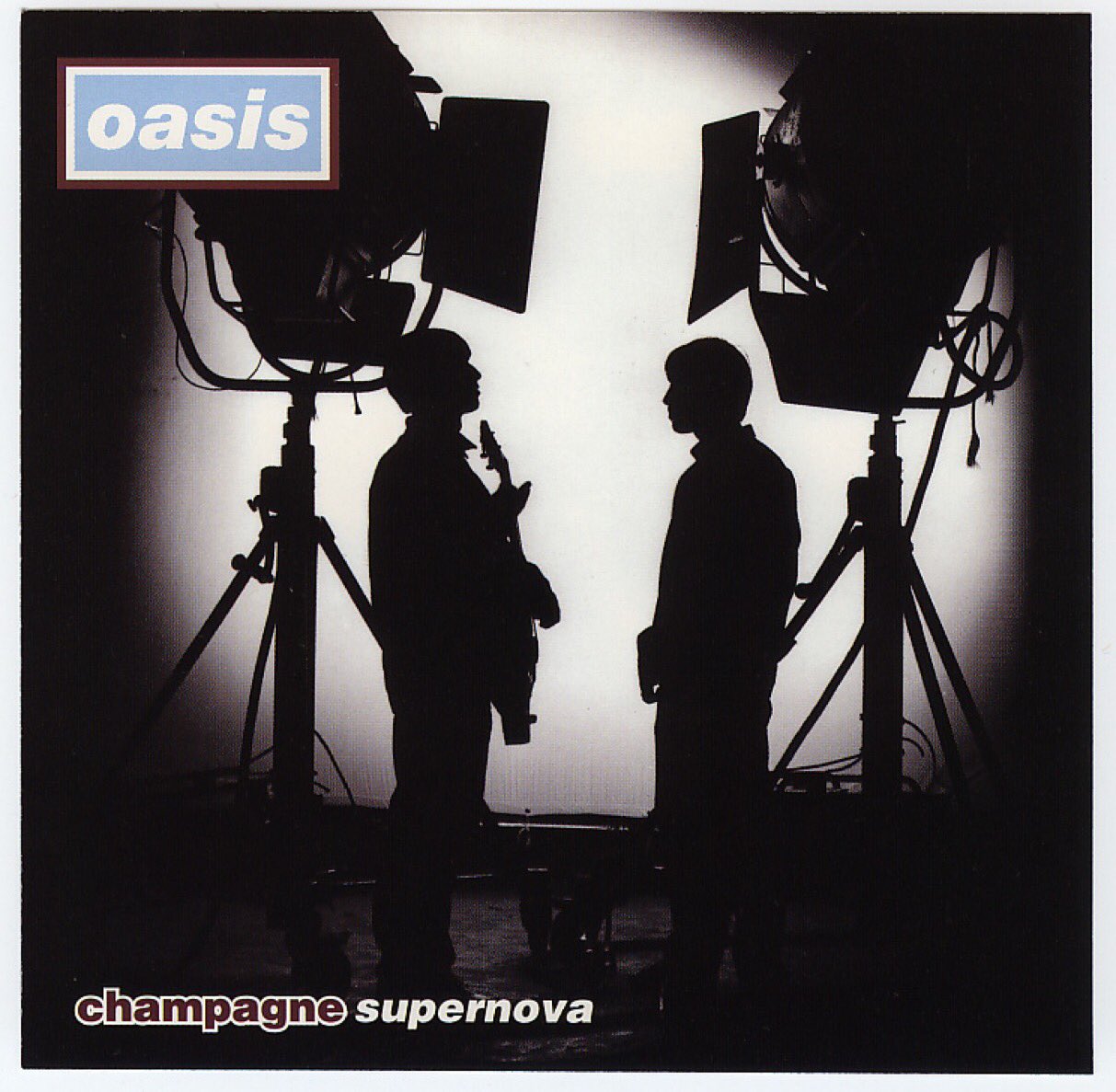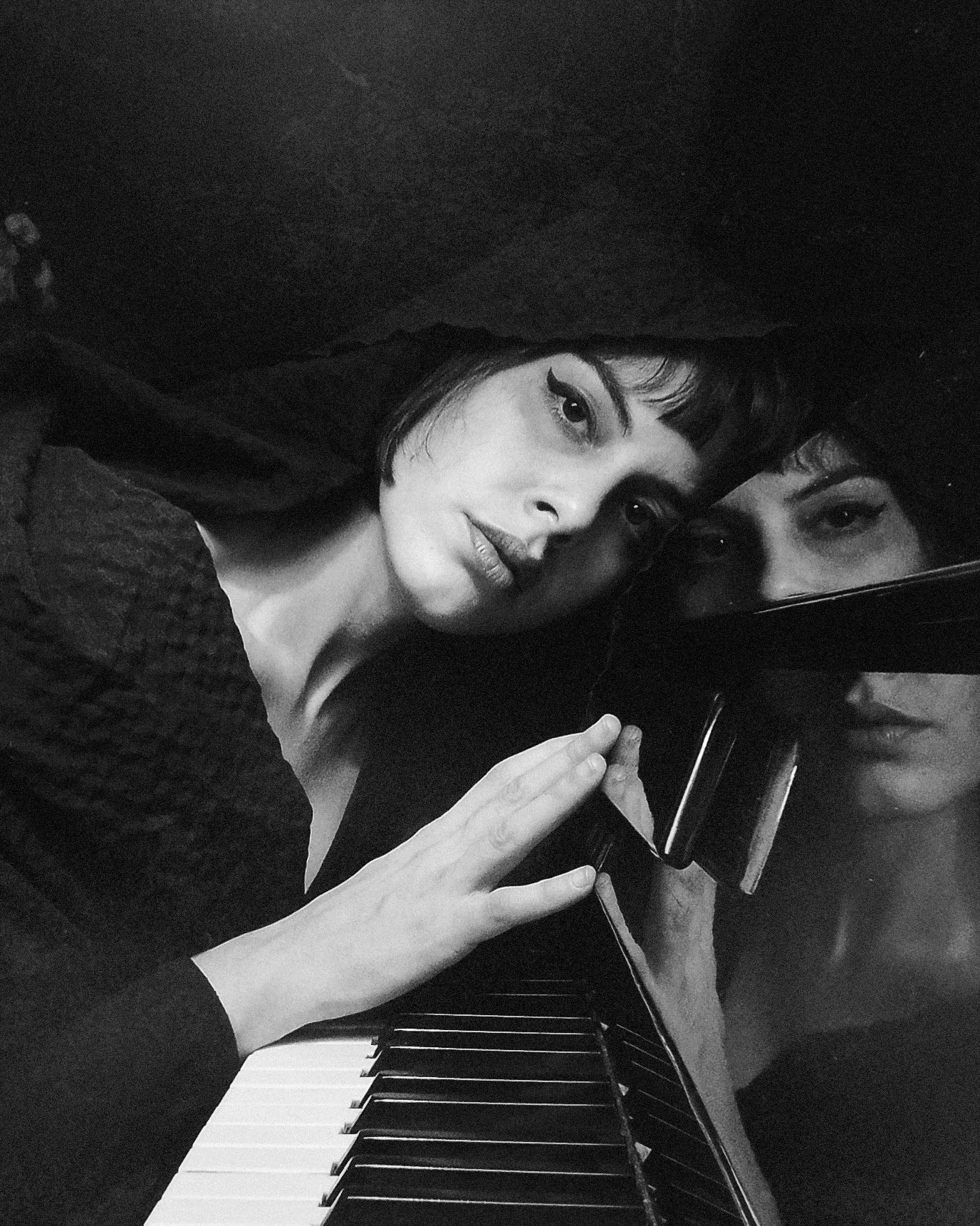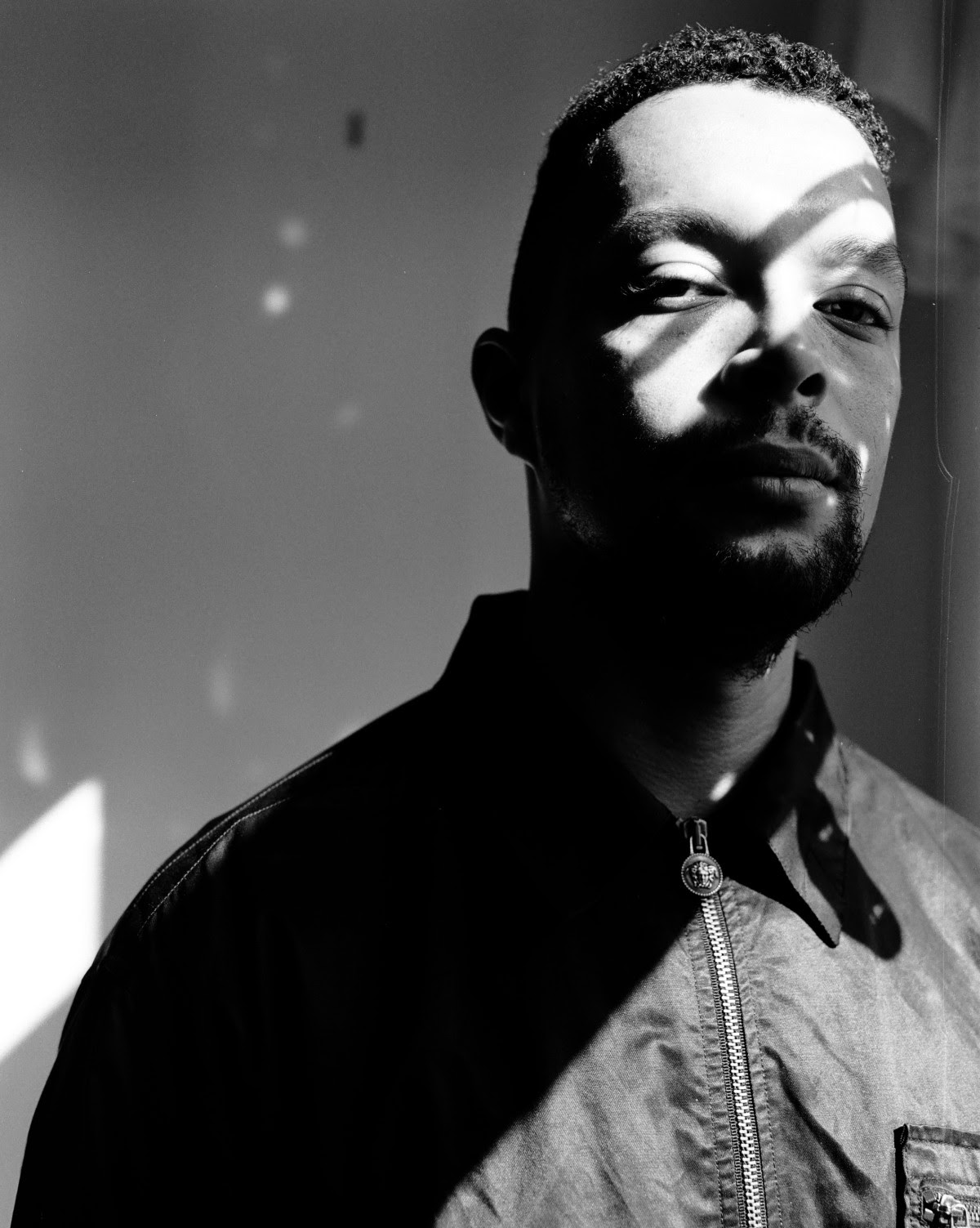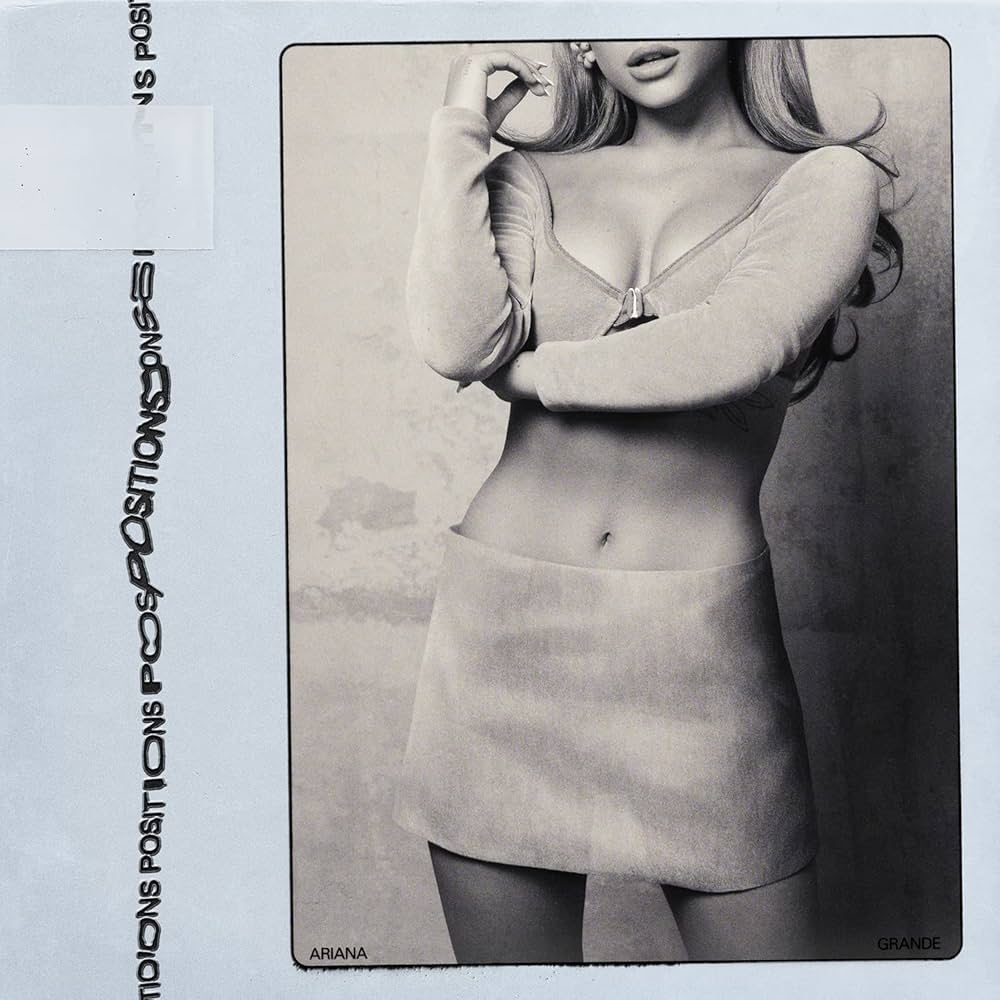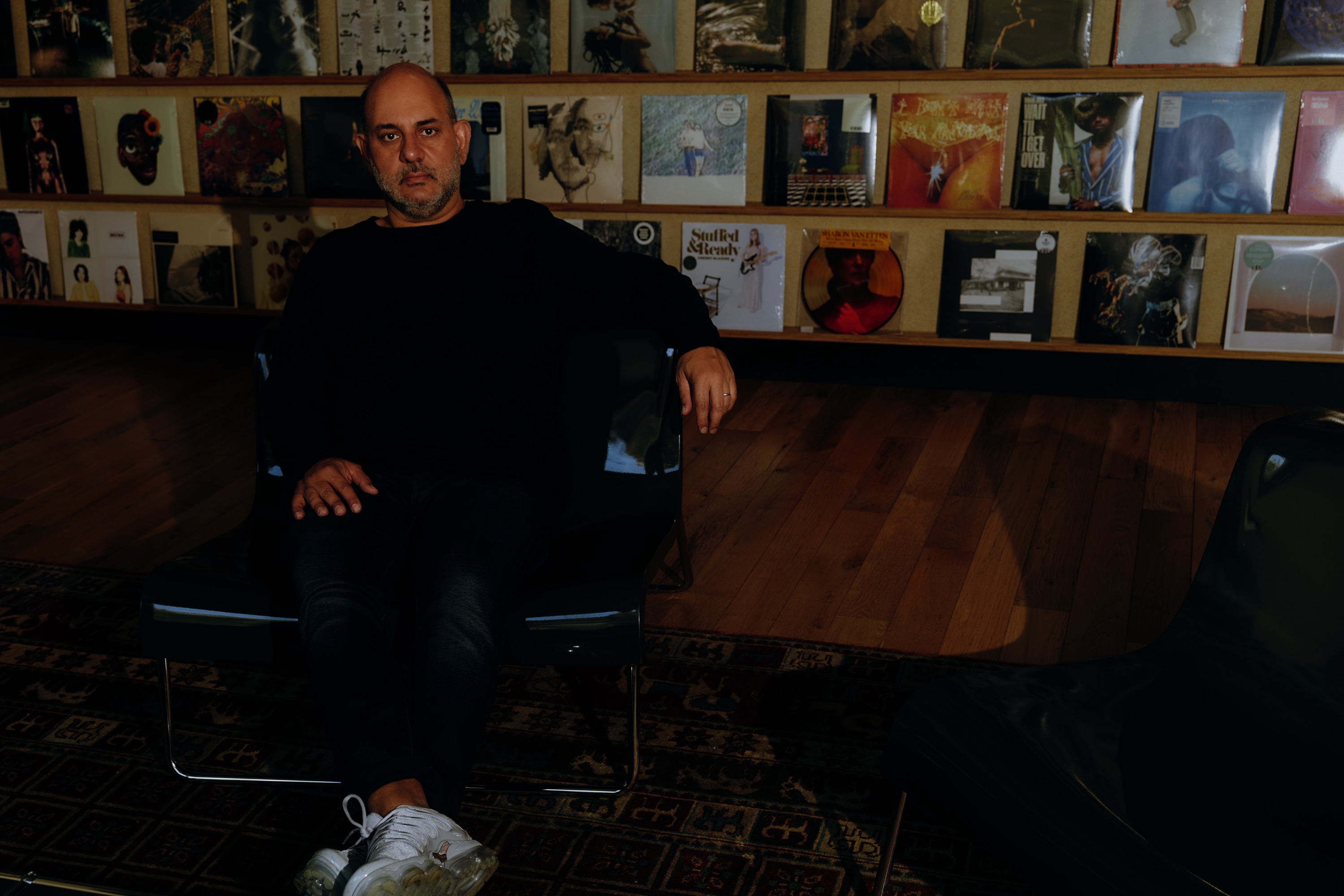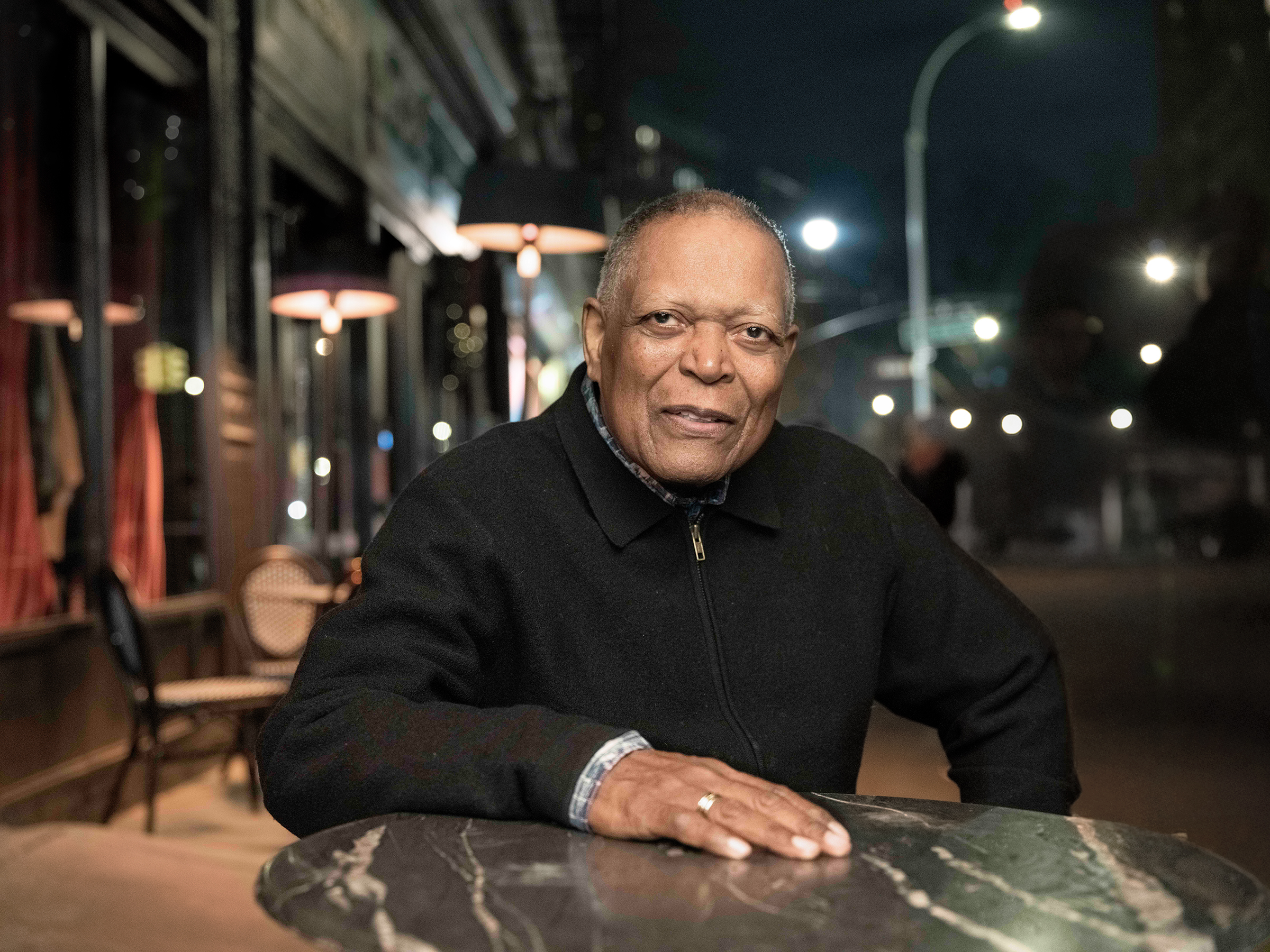October 7, 2017
- STAYED AT #1:3 Weeks
In The Number Ones, I'm reviewing every single #1 single in the history of the Billboard Hot 100, starting with the chart's beginning, in 1958, and working my way up into the present. Book Bonus Beat: The Number Ones: Twenty Chart-Topping Hits That Reveal the History of Pop Music.
Cardi B didn't come out of nowhere. If she'd come out of nowhere, that would've made more sense. Instead, Cardi came from the noisy, tawdry world of Instagram influencers and reality-TV stars, and she almost immediately transcended that world. It was crazy to witness. One minute, she was a name that would sometimes pop up in my feed, usually in connection to some of the most irritating cultural flotsam out there. She was just one of I don't know how many people I'd trained myself to tune out. The next minute, she was the voice behind an all-out banger, the type of song that exists to rattle summertime SUV windows in the greater New York area. A minute after that, the banger in question was the #1 single in America. In the blink of an eye, Cardi B went from improbable to inevitable, and she mostly did it through the sheer force of her personality.
"Bodak Yellow," the song that made Cardi B famous outside of the Instagram/VH1 bubble, is a personality song. Cardi didn't write her raps entirely by herself, and she admitted it. Her ghostwriters got songwriting credit, which means they weren't really ghostwriters at all. She took her flow from another prominent rapper, and then she used the song's title to shout out that other prominent rapper. But the power of Cardi's voice, the imperious fuck-you charisma that she brought to every line, elevated both song and performer beyond everything around her.
"Bodak Yellow" was such a starmaking moment that it put Cardi's entire career into a different light. Once you heard it, everything that Cardi had put into the world -- the mixtapes, the reality-show feuds, the uproariously bawdy Instagram videos -- started to look like Julia Roberts' high-school yearbook photo. Suddenly, all that stuff became evidence of a star moving through the regular-people world before everyone fully understood who they were dealing with.
If you love pop music, you live for moments like this. In a climate that increasingly seems oriented toward feeding the parasocial obsessions of various big stars' online stan armies, it's even more exciting to see a rocketship take off. Today, Cardi is an established part of that star system, and she's at a point where her new anthems don't necessarily make the same impact that they once did. When "Bodak Yellow" took off, though, Cardi was a total outsider to that system, and the song landed hard enough to change her place in the world. She didn't dance now. She made money moves.
This column probably wouldn't exist without "Bodak Yellow." I started writing The Number Ones almost exactly seven years ago, and "Bodak Yellow" was one of the main things that got me thinking about the role that a #1 hit can play in the world and the story behind a song like that. It was so much fun to watch this scrappy, untrained figure rise up out of trash-culture obscurity and to see her take on the world in the way that she did. It wasn't supposed to happen. Nobody could've scripted it. But it happened. "Bodak Yellow" definitely changed Cardi B's life, and it probably changed mine, too.
Before she was Cardi B, she was Belcalis Marlenis Almánzar, the New York-born daughter of a Trinidadian woman and a Dominican father. (When Cardi was born, Boyz II Men's "End Of The Road" was the #1 song in America.) Cardi was born in Washington Heights, but she grew up in the Bronx's Highbridge neighborhood, in the same apartment building as dozens of her cousins. As a teenager, she went to a vocational musical-theater high school and joined the Bloods. For a little while, she went to community college in Manhattan and worked at a Tribeca deli. But she dropped out of school, lost her deli job, and started stripping. It made her famous.
In the sketchy-but-cinematic world of New York strip clubs, Cardi B found a place for herself. She sometimes drugged and robbed dudes and then bragged about it on camera. She got a black-market boob job in someone's basement when she was 19. She told her mom that she was making her money as a babysitter, and she eventually got kicked out of the house. Cardi has said that she doesn't regret any of this. Instead, her stripping hustle allowed her to get out of an abusive relationship and become financially independent, and that job served as a vehicle for her loud, brash personality. When she started popping off on Vine and Instagram, she became famous in a specific, regional corner of the internet. Cardi racked up hundreds of thousands of Instagram followers -- enough that she soon quit stripping and started hosting club parties and living on influencer money instead. Not long afer that, she was on TV.
At some point, Cardi B found a manager who suggested that she should try rapping. Cardi had grown up with rap music, and she loved it, but she'd never considered it herself. (You can still find video of teenage Cardi singing Lady Gaga's "Bad Romance" at a high-school talent show, and she didn't seem to take that too seriously, either.) In 2015, Shaggy, someone who's been in this column a couple of times, got Cardi to rap a quick verse on his "Boom Boom" remix, and I'd love to know more about how that happened. Around the same time, Cardi got a spot in the cast of Love & Hip-Hop: New York.
I've never watched any of the shows in VH1's various location-specific Love & Hip-Hop spinoffs, but they've been running since 2011. Remy Ma, who's been in this column for her work on Terror Squad's "Lean Back," seems to be a regular part of the show's New York cast. In 2015, Cardi B joined Remy in that cast, and she was on the show for a couple of seasons. From the beginning, Cardi made a plotline out of her struggle to get people to take her music seriously. Watching clips of Cardi on the show now, it's striking to see someone who's actually famous mixing in with all these aspiring-celebrity types, throwing herself into the role of catchphrase-generating catalyst with gusto.
From the beginning, Cardi knew how to spin that role into something. In the most famous moment of her Love & Hip-Hop tenure, Cardi announced, "A girl have beef with me, she gon' have beef with me [spins around dramatically] foreva." In 2016, Cardi turned that moment into a song. "Foreva" became the lead single from Cardi's debut mixtape Gangsta Bitch Music, Vol. 1, and it neatly translates her reality-TV persona into music. As a rapper, early Cardi fits into the proud tradition of party-and-fight New York weisenheimers like NORE. She didn't have a lot of nuance in her delivery, but she was already a master at talking shit and blasting her personality in every direction. There's an electric charge in her voice, and she takes clear delight in saying wild shit. "Foreva" is not a great song, but it's better than it has any right to be. It serves as an early indication that Cardi's charisma -- the same force that allowed her to stand out on strip-club stages, Instagram, and reality TV -- could work just as well in music.
In 2016, Cardi kept making New York street music, sometimes in collaboration with regional street-rap figures like Red Café and Casanova. On songs like "Red Barz," Cardi puts her gang affiliations front-and-center, but that stuff ultimately isn't that different from the music that she's made after getting hugely famous. Cardi released Gangsta Bitch Music, Vol. 2 a few months after the first tape, and she left the Love & Hip-Hop cast at the end of 2016. Around the same time, Cardi met Migos member and former Number Ones artist Offset, and they started dating. Cardi and Offset teamed up for the mixtape track "Lick," which was supposed to be Cardi's big breakthrough. It didn't happen. "Lick" got some regional burn, but it didn't cross over.
Cardi's managers wanted her stay independent while she built her name, but she decided to accept an offer from Atlantic, partly to force people to take her music as seriously as she took it. She recorded "Bodak Yellow" partly in response to the chilly reception that she got for "Lick." Later on, producer J. White Did It told Billboard, "'Bodak Yellow’ was created mainly because ‘Lick’ wasn’t doing what it had to do. I don’t wanna say it was out of desperation we made that record, but it was more like we needed a better record."
Cardi and J. White worked together because they had the same manager, Klenord "Shaft" Raphael, who was also one of the people behind the fights-and-rap-videos site Worldstar. (Raphael got writing credit on "Bodak Yellow" and most of Cardi's other early music. He and Cardi went through a messy legal breakup a few years later.) White grew up in Kansas City and Dallas. He moved to New York to break into rap in 2005, and he scored a few minor early credits while working as a DJ and a janitor. Through Raphael, White linked up with Cardi and produced tracks like "Lick." (J. White's work will appear in this column again.) White's "Bodak Yellow" beat, co-produced with relative unknown Laquan Green, is about as simple as it gets: an eerie keyboard riff, a few hi-hats, some big 808 booms. It's mostly open space, and that open space gives Cardi room to move.
"Bodak Yellow" gets its name from its cadence. In 2014, Kodak Black, a teenage underground rapper from Florida, released "No Flockin' Freestyle," an underground hit that eventually made it to #95 on the Hot 100 -- Kodak's first time on that chart. The "No Flockin'" beat is as haunted and minimal as the "Bodak Yellow" one, and Cardi uses Kodak's "No Flockin'" flow and some of his phrasings on "Bodak Yellow." Cardi doesn't take many words from Kodak, but she uses his approach -- bursts of percussive syllables alternating with stretched-out, slowed-down bits with just a touch of singsong.
Kodak got a songwriting credit on "Bodak Yellow," and he eventually rapped on a remix. (The release of that remix might've been what finally pushed "Bodak Yellow" to #1 after a long chart rise.) So: Is it biting, if you acknowledge and credit your source? I don't think so. When Cardi first played "Bodak Yellow" for people, she described it as a freestyle, and maybe it was originally just supposed to be a mixtape track. And anyway, that "No Flockin'" flow sounds really different when Cardi is the one doing it. (Kodak Black's highest-charting single, the 2018 Travis Scott/Offset collab "Zeze," peaked at #2. It's a 7.)
There's another credited co-writer on "Bodak Yellow," too. Jordan Thorpe, known professionally as Pardison Fontaine, is a rapper from Newburgh, New York. He's known for being handsome and tall (normal-people tall, that is), for dating future Number Ones artist Megan Thee Stallion for a few years, and for being Cardi B's most prolific collaborator. Cardi and Fontaine write together all the time, and he's usually content to play the background. (Fontaine's only Hot 100 hit as an artist is "Backin' It Up," a 2018 Cardi collab that peaked at #40.) Throughout rap history, there have been plenty of whispers of rap stars who worked with outside writers, but that's generally been a taboo that people won't talk about publicly. A common complaint from Cardi enemies like future Number Ones artist Nicki Minaj is that she doesn't write her own raps. But if she doesn't hide Pardison Fontaine's contributions, is that really a problem? Cardi's ascent forced a lot of people to consider questions like this. For most of us, the answer is: It's OK if it bangs. "Bodak Yellow" bangs.
According to most of the people involved in "Bodak Yellow," Cardi wrote most of the song herself. She spent time with the beat, and whenever she'd come up with a hard line that could make people react, she added it. "Bodak Yellow" works as a statement of intent. Cardi doesn't want to hide her stripper past; she's just here to let you know that she doesn't have to dance anymore. Every other new accomplishment is another reason to flex. On Instagram and Love & Hip-Hop, Cardi was known for her crooked teeth, but that's different now: "Got a bag and fixed my teeth! Hope you hoes know it ain't cheap!" She just checked her account -- turns out she's rich, she's rich, she's rich, and she just got another check from Love & Hip-Hop producer Mona Scott. These bitches are mad at Cardi, but their babies' fathers wanna feel.
She sounds hard, and she does it in that classic New York way. Her accent is a gigantic Bronx honk, and she sounds so tough that there's glamor in her toughness. Her toughness and sexiness don't contradict each other; they're pretty much the same thing. She brags about her own sexiness the same way that male rappers brag about being great at dealing crack or whatever. Cardi brings a head-slap immediacy to the way she spits out her punchlines: "Lil bitch, you can't fuck with me if you wanted to/ These expensive, these is red bottoms, these is bloody shoes." (Christian Louboutin made a few million off that line.) You in the club just to party; she gets paid a fee. Don't come around her way. You can't hang around her block. She's a boss. You a worker, bitch. She makes bloody moves.
There's a long, proud tradition of that kind of New York head-bust music. It doesn't have much to do with rap traditionalism or with the sleek, pop-adjacent music that New York rappers often make after becoming stars. Instead, "Bodak Yellow" reminds me of something I might've heard on a mixtape that I might've bought on a slimline CD-case mixtape in 2006 or so. It sounds like Stack Bundles or Hell Rell or a Sheek Louch solo cut, except it's made by a woman who also sounds like a star. That stuff almost never crosses over, but it started to happen occasionally in the early streaming era -- viral-hit flukes like Bobby Shmurda reaching #6 with "Hot N***a" in 2014, or Brooklyn rapper Young M.A getting to #19 with 2016's "Ooouuu." ("Hot N***a" is a 9, and "Ooouuu" is even better.) Those artists didn't get chances to truly become stars, often at least partly because their gang affiliations get in the way. Cardi B also had gang affiliations, but she still got her shot. She was ready.
As far as I can tell, Cardi B never went through any proper media training, but she knew how to move in the public eye. She might still get in a bottle-throwing nightclub brawl, but she was smart and funny and charming in interviews. She always comes off as a real person, not like someone who's trying to hustle you or spin a PR narrative. After "Bodak Yellow" reached #1, Rawiya Kameir, who wrote a great early Cardi profile for The FADER, went on the New York Times Popcast and told a fun story about hearing that song for the first time. She and Cardi were riding together to Cardi's house in New Jersey, and Cardi played the song over the car speakers, cautioning that she wasn't sure whether it was good or not. The driver was a guy who'd never heard of Cardi, and when the song was over, he asked if she could play it again. I would've asked the same thing.
"Bodak Yellow" had energy from the first moment I heard it, and it gained power as it made its way into the world. Cardi released the single in June 2017, and its video, shot in Dubai, looks expensive and cheap at the same time. It's got Cardi riding a camel and hanging out with a leashed cheetah, but the cinematography is crude and grainy, as if it was shot on a phone. Maybe it was. That added to the charm. But you didn't really need extra context for "Bodak Yellow." The best way to experience the song is with a bunch of your friends -- maybe in a car, maybe at a club, maybe at a party -- where you're all rapping along with every word at the top of your lungs, possibly while slightly inebriated. (If it's in the car, the driver should not be inebriated, but the driver should also rap along with all the words.) The song is specifically about Cardi B, but in the right circumstance, it might feel like it's about you and your friends.
"Bodak Yellow" quickly became a New York anthem. In the same weekend, Cardi performed it at the Dominican Pride Parade and at the hipster-friendly PS1 Warm-Up. Both times, crowds rapped along as if their lives depended on it. The song just kept growing, and thanks to the immediate power of streaming, it crossed over so quickly that nobody could believe it. Three months after its release, "Bodak Yellow" knocked Taylor Swift's "Look What You Made Me Do" out of the #1 spot, and Swift sent Cardi flowers to congratulate her. A new star was born.
If "Bodak Yellow" was Cardi B's only hit, she still would've registered as an all-time pop-chart underdog story. But Cardi B had more hits where that came from. Pretty soon, songs started taking off just because they had Cardi B verses. Cardi and A$AP Rocky guested on G-Eazy's "No Limit," and she's by far the best thing about it. That song peaked at #4 -- higher than any of G-Eazy and Rocky's other songs have ever gone. (It's a 7.) Cardi showed up on the excellent remix of Bruno Mars' already-great new jack swing pastiche "Finesse," and that remix made it to #3. (It's a 9.) Cardi and her nemesis Nicki Minaj both appeared on Migos' "MotorSport," and that song reached #6. (It's an 8.) At one point, Cardi was on three songs that were in the top five at the same time. Somewhere in there, she also got engaged to Offset.
A few days before 2017 ended, Cardi B teamed up with 21 Savage, a rapper who will soon appear in this column, for her big follow-up single "Bartier Cardi." That one didn't really stand out from all the other Cardi-related stuff that was coming out around the same time, and it only reached #14. Still, people were ready for a Cardi B album. That album came out before too long, and more hits followed. We'll see plenty more of Cardi B in this column.
GRADE: 10/10
We rely on reader subscriptions to deliver articles like the one you're reading. Become a member and help support independent media!
BONUS BEATS: Here's Dave Matthews covering "Bodak Yellow" is a cutesy 2018 Tonight Show bit:
(The Dave Matthews Band's highest-charting single, 2005's "American Baby," peaked at #16. I regret to report that Jimmy Fallon's only Hot 100 hit, the 2014 Will.I.Am collab "Ew!," peaked at #26.)
The Number Ones: Twenty Chart-Topping Hits That Reveal The History Of Pop Music is out now via Hachette Books. Dropped one book in 45 years, what bitch working as hard as me? Buy it here. (Had to let these bitches know, just in case these hoes forgot. I just run and check the mail, another check from Lapatine, Scott.)

